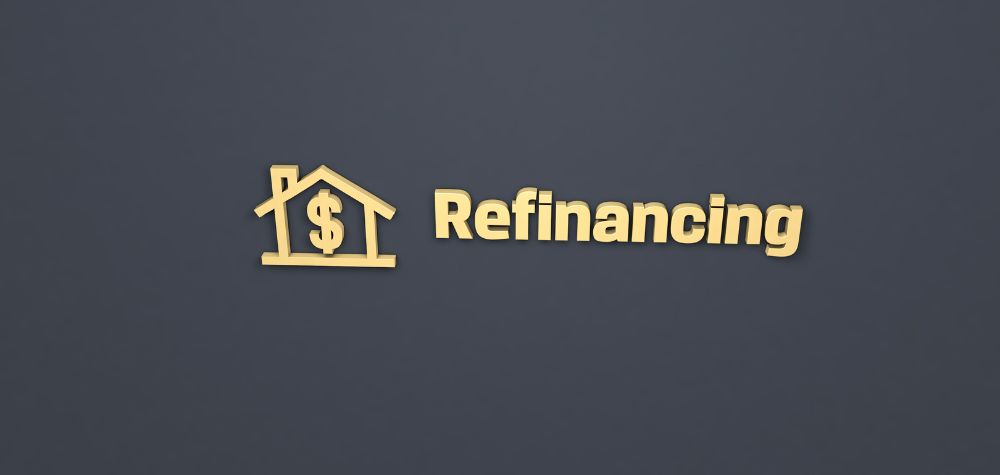
The best way to combat rising inflation is to return to basics regarding spending vs saving. This is precisely what the policies of the Reserve Bank (and potentially the Government) are trying to get people to do.
Firstly, the cause of inflation in the first place is a result of the spending that has occurred. It’s a simple case of supply and demand. Businesses see increased demand for their products and services alongside less staff available to provide their products and services, and then their prices will rise. They won’t be so inclined to do this if there is less demand.
So, what do we mean by ‘return to basics’?
Budget
As your first step, set a detailed budget.
Work out what spending is not discretionary (fuel, food, electricity, mortgage etc) and what is discretionary (gym, Foxtel, coffees at the coffee shop, movies etc). If you still have money left over, then you should focus on paying down debt rather than spend on things like holidays.
Debt
Pay down bad debt (e.g. credit cards) before things like mortgages. Reducing debt will also ensure that increasing interest rates have less impact on you. If you are currently without debt, it may be a good time to invest more (depending on your circumstances and other factors).
More Income Streams
A second job could also assist with mitigating those increased costs. There is a higher demand for positions to be filled with reasonable rates of pay attached. The gig economy (ridesharing, food delivery, etc.) may be worth looking into, if time is a factor that needs to be considered.
Unfortunately, there is no silver bullet to shield yourself from high inflation. Everyone will find themselves in a different position, with various factors affecting them that may not affect others.
If you feel overwhelmed, it is a good time to seek the advice of a trusted adviser. That is why we are here.








